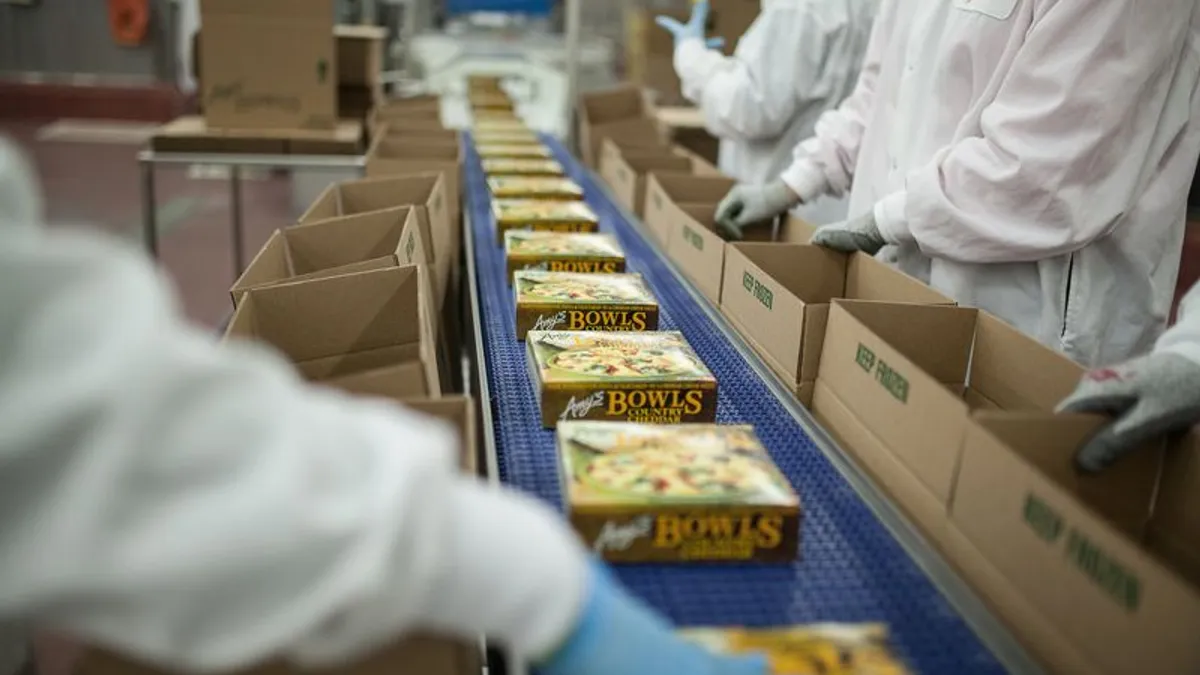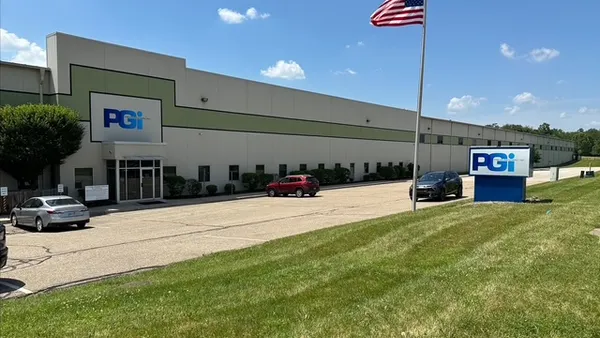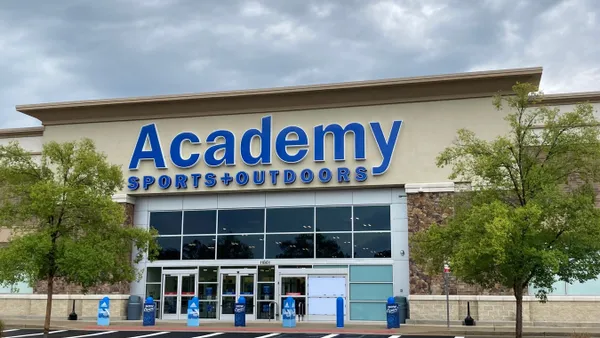When Amy’s Kitchen’s decided to bring on Oksana Woloszczuk as its first chief supply chain officer in January 2023, it was with a clear objective — fix its fragmented supply chain.
The creation of the role brought more organization to the company’s supply chain leadership, which was disjointed before Woloszczuk came on board, the executive told Supply Chain Dive in an interview.
For example, because the company lacked a C-suite supply chain leader, the VP of sourcing reported to the CFO, while the VP of logistics reported to the chief marketing officer, Woloszczuk said.
Once Woloszczuk joined Amy’s Kitchen, the company was able to have a more focused supply chain team, creating other efficiencies along the way.
One of Woloszczuk’s top priorities has been to evaluate the company’s state of operations and identify areas that could be improved. That work led her team to create a new plan for success for the food manufacturer’s supply chain.
“We've created a three-year strategy in [our] supply chain, and it has everything in there from people development to transforming our cost structure to continuous improvement to making sure we got the basics right,” Woloszczuk said.
As a result, Amy’s Kitchen reset some of its operations, including sourcing and logistics, Woloszczuk said. Together these changes have helped create a “transformational” efficiency strategy for the company.
Risk management for sourcing after COVID-19
Risks in supply chains have become more common since the pandemic, something Amy’s Kitchen has had to navigate. Doing so has been a key strategic objective for Woloszczuk.
With that in mind, Amy’s Kitchen implemented risk-mitigating processes and procedures for its suppliers, such as having two suppliers for certain raw materials because, “you never know what’s going to happen,” she said.
The company had to evaluate how it could create better operations so that it takes less time to approve a supplier, adding more efficiency to its procurement operations.
Having either too little or too much inventory was another challenge Amy’s Kitchen had to overcome.
The company had to reset its relationship with its suppliers to be more transparent and mitigate possible inventory imbalances that occurred during the pandemic. If the company is deleveraging a certain item, it lets the supplier know that it will have to order less stock, a form of transparency that Woloszczuk said vendors appreciate.
Adding logistics efficiency
On the logistics side, Woloszczuk led Amy’s Kitchen in analyzing its network and warehouses to figure out how it can be better streamlined.
The food manufacturer operates three plants: in Santa Rosa, California, Medford, Oregon, and Pocatello, Idaho.
To streamline its logistics, Amy’s Kitchen decided to keep more of its inventory in one place instead of multiple locations. The company also deploys from central location hubs and aims to keep as much raw material and finished good inventory onsite as possible.
“The more inventory we can hold centrally, whether it's raw materials or finished products, the better our ability to distribute to different regions promptly,” Woloszczuk said.
Despite having to abruptly close a San Jose, California, facility in 2022 because of rising costs, the company has learned from the past several years and is in a better place operationally now, Woloszczuk said.
“We've optimized our production planning with better data analytics, strengthened supplier relationships, diversified sourcing, and streamlined warehousing with a focus on being strategic about our decisions,” Woloszczuk said. “I’m proud of our team’s resilience, dedication and focus to continually improve how we approach our supply chain.”















